Dimming Standards: TRIAC vs 0-10V vs DALI Explained - Complete Guide
Table Of Contents
- Introduction to Lighting Dimming Standards
- Why Dimming Standards Matter for Your Home
- TRIAC Dimming: The Traditional Approach
- 0-10V Dimming: The Analog Standard
- DALI Dimming: The Digital Protocol
- Comprehensive Comparison: TRIAC vs 0-10V vs DALI
- Choosing the Right Dimming Standard for Your Home
- Implementation Tips and Best Practices
- The Future of Dimming Technologies
- Conclusion
The right lighting can transform any space from ordinary to extraordinary. Beyond selecting beautiful fixtures that complement your furniture and décor, the ability to control the intensity of your lighting plays a crucial role in creating the perfect ambiance. This is where dimming technology comes into play – but not all dimming systems are created equal.
Whether you're renovating your home, building a new space, or simply upgrading your lighting system, understanding the different dimming standards is essential for achieving both the aesthetic and functional lighting experience you desire. The three major dimming standards – TRIAC, 0-10V, and DALI – each offer distinct advantages and limitations that can significantly impact your lighting system's performance, compatibility, and control capabilities.
In this comprehensive guide, we'll demystify these three dimming technologies, explaining how each works, their ideal applications, and how to choose the right system for your specific needs. By the end, you'll have the knowledge to make informed decisions about your home's lighting control system – ensuring perfect illumination that enhances your carefully selected furniture and living spaces.
Dimming Standards Comparison
Choose the right lighting control system for your home
The right dimming technology transforms your space, affects energy efficiency, and integrates with your smart home. Here's how the three major standards compare:
TRIAC Dimming
The traditional approach that manipulates power delivery through phase-cutting.
- Installation: Simple 2-wire system
- Cost: $ (Most affordable)
- Retrofit: Excellent
Best For:
Basic residential applications, retrofits, and budget-conscious projects
0-10V Dimming
An analog control protocol using a separate low-voltage signal for brightness control.
- Installation: 4-wire system
- Cost: $$ (Moderate)
- Retrofit: Limited
Best For:
High-end residential, smooth LED dimming, and multiple lighting zones
DALI Dimming
A digital protocol offering bidirectional communication and precise control.
- Installation: Digital bus + programming
- Cost: $$$ (Premium)
- Retrofit: Limited
Best For:
Luxury homes, complex lighting scenes, and smart home integration
Selecting the Right Dimming Technology
Budget-Conscious
TRIAC systems offer the most economical solution for simple dimming needs.
Balance of Features
0-10V provides smooth LED dimming and zone control at a moderate price point.
Premium Experience
DALI offers unmatched control precision and smart home integration for luxury installations.
Key Factors When Choosing:
- Project type (new construction vs. retrofit)
- Budget constraints
- LED compatibility requirements
- Smart home integration needs
- Future expansion plans
Created by Loft Home Furniture • lofthome.com
Why Dimming Standards Matter for Your Home
The dimming standard you choose impacts more than just the ability to adjust brightness. It determines how smoothly your lights dim, whether they flicker, how many fixtures can be controlled together, and even how your overall lighting system integrates with smart home technology. The right dimming technology can enhance your living spaces in several key ways:
Energy Efficiency: Dimming your lights naturally reduces energy consumption. However, different dimming technologies offer varying levels of efficiency. Some systems, like DALI, can provide detailed energy usage data to help optimize consumption.
Ambiance Creation: The quality of dimming directly affects your ability to create the perfect mood. Some standards offer smoother transitions and lower minimum light levels, allowing for everything from bright task lighting to intimate evening settings that showcase your living room furniture in the most flattering light.
Compatibility: Not all light fixtures work with all dimming systems. Understanding dimming standards helps ensure compatibility between your chosen fixtures, bulbs, and control systems – preventing frustrating performance issues or premature component failure.
Future-Proofing: As smart home technology advances, the adaptability of your lighting control system becomes increasingly important. Some dimming standards offer more straightforward integration with home automation systems than others.
Now, let's explore each of the three major dimming standards in detail.
TRIAC Dimming: The Traditional Approach
TRIAC (TRIode for Alternating Current) dimming is the oldest and most common dimming technology found in residential settings. If you've ever used a traditional wall dimmer switch in your home, you've likely experienced TRIAC dimming.
How TRIAC Dimming Works
TRIAC dimming operates on the principle of phase-cutting – it works by actually turning the power on and off very rapidly during each half-cycle of the AC sine wave. This manipulates how much electricity reaches the light source:
Forward Phase Control: Traditional TRIAC dimmers cut the front portion of the AC sine wave. As you dim, the switch delays turning on for each half-cycle, reducing the amount of power delivered to the light. This is also known as leading-edge dimming.
Reverse Phase Control: A more advanced form of TRIAC dimming cuts the back portion of the AC sine wave. This is known as trailing-edge dimming and typically provides smoother performance with LED lighting.
The dimming action happens directly at the switch level through a simple potentiometer (often a dial or slider) that adjusts how much of each wave cycle is delivered to the light fixture.
Advantages of TRIAC Dimming
Simplicity and Familiarity: TRIAC dimmers are straightforward to install and use. Most homeowners are already familiar with their operation.
Cost-Effectiveness: TRIAC dimming systems are typically the most affordable option, with switches starting at lower price points than other dimming technologies.
No Additional Wiring: TRIAC dimmers work with standard residential electrical wiring (usually two-wire systems), making them easy to retrofit into existing homes without rewiring.
Wide Availability: TRIAC-compatible products are readily available at most hardware stores and electrical suppliers, making replacements and expansions convenient.
Limitations of TRIAC Dimming
Limited Compatibility with LEDs: While LED-compatible TRIAC dimmers exist, not all LED bulbs work well with TRIAC systems. Issues like flickering, buzzing, or limited dimming range are common when pairing standard TRIAC dimmers with LED lighting.
Minimum Load Requirements: TRIAC dimmers typically have minimum load requirements. With energy-efficient lighting drawing less power, some systems may not function properly if the total load falls below this minimum threshold.
Limited Control Options: TRIAC systems generally lack advanced features like preset scenes, remote access, or integration with home automation without additional specialized equipment.
Potential for Electromagnetic Interference: The rapid switching in TRIAC dimmers can sometimes cause electromagnetic interference, affecting nearby electronic devices or creating audible buzzing in some fixtures.
0-10V Dimming: The Analog Standard
0-10V dimming represents a significant step up in sophistication from TRIAC systems. Originally developed for fluorescent lighting in commercial settings, it has found its way into residential applications, particularly with the rise of LED lighting.
How 0-10V Dimming Works
Unlike TRIAC dimming that manipulates the power supply directly, 0-10V is a control protocol that uses a separate low-voltage signal to communicate the desired brightness level:
Separate Control Signal: 0-10V dimming requires a separate pair of low-voltage wires (typically gray and purple) in addition to the standard power wires. These control wires carry a small DC voltage between 0 and 10 volts.
Direct Brightness Correlation: The voltage level directly corresponds to the brightness level: 10V signals full brightness (100%), 5V indicates 50% brightness, and so on down to the minimum setting (which may be at 1V or 0V depending on the system).
Driver-Based Control: The actual dimming happens at the LED driver or ballast level, which interprets the control voltage and adjusts the light output accordingly. This creates a more stable dimming experience compared to manipulating the power supply.
Advantages of 0-10V Dimming
Smooth, Flicker-Free Dimming: 0-10V systems typically provide very smooth dimming without the flickering or buzzing sometimes encountered with TRIAC dimmers, making them ideal for creating a pleasant atmosphere in your dining room or bedroom.
Excellent LED Compatibility: This protocol works exceptionally well with LED lighting, offering better performance and compatibility than basic TRIAC systems.
Consistent Performance: Because the control signal is separate from the power supply, 0-10V systems tend to provide more consistent performance across different types and brands of fixtures.
Multiple Control Options: 0-10V systems can be controlled via wall-mounted dimmers, centralized lighting control systems, or building automation systems, offering flexibility in how you manage your lighting.
Limitations of 0-10V Dimming
Additional Wiring Required: The need for separate control wires makes 0-10V systems more challenging and costly to retrofit in existing homes unless conduit or accessible ceiling space allows for adding the extra control wires.
Unidirectional Communication: 0-10V is a one-way communication protocol – controllers can send commands to fixtures, but fixtures cannot report back their status or other information.
Limited Zoning Flexibility: Each separately controlled zone requires its own set of control wires, which can complicate installation for spaces with multiple lighting zones.
No Standardized Dimming Curve: Different manufacturers may implement slightly different dimming curves (the relationship between voltage and perceived brightness), leading to inconsistent performance when mixing equipment from different brands.
DALI Dimming: The Digital Protocol
DALI (Digital Addressable Lighting Interface) represents the most advanced dimming standard of the three. Developed specifically for digital lighting control, DALI offers sophisticated features and flexibility that make it increasingly popular for premium residential installations.
How DALI Dimming Works
DALI is a fully digital communication protocol designed specifically for lighting control:
Digital Communication: DALI uses a digital data bus to transmit commands between controllers and lighting fixtures. This digital approach allows for more complex instructions beyond simple dimming levels.
Individual Addressing: Each DALI-compatible fixture has a unique digital address (up to 64 per system), allowing individual control of each light in a network from a single controller – perfect for creating multiple lighting scenes in larger spaces like open-concept living rooms.
Bidirectional Communication: Unlike TRIAC or 0-10V, DALI supports two-way communication. Fixtures can report their status back to the control system, enabling features like automatic fault detection.
Standardized Protocol: DALI is an international standard (IEC 62386), ensuring compatibility between different manufacturers' products that comply with the standard.
Advantages of DALI Dimming
Exceptional Control Granularity: DALI offers 256 levels of dimming (0-255), providing extremely smooth and precise light level adjustments from full brightness down to 0.1% in some systems.
Flexible Grouping and Zoning: Lights can be assigned to multiple groups through programming rather than wiring, allowing flexible reconfiguration of lighting zones without physical rewiring.
Sophisticated Scene Setting: DALI systems excel at complex scene programming, allowing you to create and recall multiple lighting scenarios with precise control over each fixture.
System Monitoring and Reporting: DALI's bidirectional communication enables advanced features like energy monitoring, lamp failure reporting, and emergency lighting testing.
Simple Wiring Topology: DALI typically uses a simple two-wire bus that can be wired in series, parallel, or star configurations, offering flexibility in installation design.
Limitations of DALI Dimming
Higher Cost: DALI systems typically represent the highest investment among the three dimming standards, with higher costs for both controllers and compatible fixtures.
Complexity: Setting up a DALI system usually requires specialized knowledge and programming software, making professional installation necessary for most homeowners.
Slower Response Time: Due to its digital nature and communication protocol, DALI systems may have slightly slower response times compared to other dimming technologies, though this is generally negligible in residential applications.
Additional Wiring: Like 0-10V, DALI requires additional control wires beyond standard power wiring, making retrofitting more challenging in existing homes.
Comprehensive Comparison: TRIAC vs 0-10V vs DALI
To help you make an informed decision, here's a side-by-side comparison of the three dimming standards across key factors:
| Feature | TRIAC | 0-10V | DALI |
|---|---|---|---|
| Installation Complexity | Low (2-wire system) | Medium (4-wire system) | High (programming required) |
| Retrofit Suitability | Excellent | Limited | Limited |
| LED Compatibility | Variable | Good | Excellent |
| Dimming Quality | Basic (can be inconsistent) | Good (smooth, consistent) | Excellent (precise, 256 levels) |
| Individual Fixture Control | No (zone-based only) | No (zone-based only) | Yes (up to 64 per system) |
| Scene Programming | Limited (requires additional equipment) | Moderate | Advanced |
| Smart Home Integration | Basic (with compatible switches) | Good | Excellent |
| Relative Cost | $ (Lowest) | $$ (Moderate) | $$$ (Highest) |
| Typical Applications | Basic residential, single rooms | High-end residential, small commercial | Luxury homes, commercial buildings |
Choosing the Right Dimming Standard for Your Home
When selecting the appropriate dimming standard for your home, consider the following factors:
Project Type: For new construction, you have more flexibility to incorporate advanced systems like 0-10V or DALI. For retrofits, TRIAC often makes more sense unless you're willing to invest in rewiring.
Budget Considerations: Your budget will significantly influence your options:
- TRIAC: Best for budget-conscious projects or simple room-by-room upgrades
- 0-10V: Middle ground offering good performance for moderate investment
- DALI: Premium option for those seeking the ultimate in lighting control
Lighting Types: Consider what types of lighting you plan to control:
- For mixed lighting types (especially if including LEDs), 0-10V or DALI typically provide better compatibility
- For simple incandescent or dimmable LED setups, TRIAC may be sufficient
Control Requirements: How sophisticated does your lighting control need to be?
- Simple on/off and brightness control: TRIAC is typically adequate
- Multiple lighting zones with consistent dimming: Consider 0-10V
- Complex scenes, individual fixture control, or integration with home automation: DALI offers the most flexibility
Future Expansion: Consider your long-term plans. If you might expand your system later, DALI offers the most flexibility for growth and adaptation to future technologies.
Implementation Tips and Best Practices
Regardless of which dimming standard you choose, these best practices will help ensure a successful implementation:
Ensure Compatibility: Always verify that your chosen fixtures, bulbs, and controls are compatible with your selected dimming system. Look for specific compatibility statements from manufacturers.
Consider Hiring Professionals: While TRIAC systems can often be DIY-friendly, 0-10V and especially DALI systems typically benefit from professional installation and programming.
Plan for Proper Zoning: Think carefully about how you use different areas of your home and plan your lighting zones accordingly. Consider factors like natural light, room function, and furniture placement when designing your lighting control system.
Test Before Full Installation: Whenever possible, test a sample of your chosen fixtures with your dimming system before completing a full installation, especially with LED lighting.
Documentation: Keep detailed documentation of your lighting system, including compatible replacement parts. This will be invaluable for maintenance and future upgrades.
Future-Proofing: Consider running conduit or leaving access for potential future wiring needs, especially if starting with a simpler system like TRIAC but contemplating an upgrade to 0-10V or DALI in the future.
The Future of Dimming Technologies
The landscape of lighting control continues to evolve rapidly, with several emerging trends worth considering:
Wireless Protocols: Technologies like Zigbee, Z-Wave, Bluetooth Mesh, and Wi-Fi are making advanced lighting control possible without the need for dedicated control wiring, potentially changing the calculus between these three traditional standards.
Voice and Gesture Control: Integration with voice assistants and gesture recognition is becoming increasingly common, adding new dimensions to how we interact with our lighting.
Human-Centric Lighting: Systems that adjust color temperature throughout the day to support human circadian rhythms are gaining popularity, requiring dimming systems that can control both intensity and color.
Energy Management: Advanced dimming systems increasingly incorporate energy monitoring and management features, helping homeowners optimize both comfort and efficiency.
Convergence: We're seeing increased convergence between different control standards, with gateway devices that can bridge between protocols, making it easier to mix and match technologies as needed.
While these developments are exciting, the three core dimming standards discussed in this article – TRIAC, 0-10V, and DALI – remain the foundation of most lighting control systems and will continue to be relevant for years to come.
Conclusion
Choosing the right dimming standard is a crucial decision that will impact both the performance of your lighting system and your daily interaction with your home environment. Each standard offers distinct advantages and limitations:
TRIAC dimming provides a cost-effective, easy-to-implement solution that works well for simple applications and retrofits. While it has limitations with LED compatibility and advanced control features, it remains a practical choice for many residential applications.
0-10V dimming offers a significant step up in performance and consistency, particularly with LED lighting. Though it requires additional wiring, it provides a good balance of features and cost for many high-end residential applications.
DALI dimming represents the premium option, offering unparalleled control granularity, flexibility, and future-proofing. While it comes with higher costs and complexity, it provides capabilities that can transform how you experience and interact with your living spaces.
The right choice ultimately depends on your specific needs, budget, and long-term plans. By understanding the fundamentals of each dimming standard, you're now equipped to make an informed decision or have more productive conversations with lighting professionals when planning your home's lighting system.
Remember that lighting control is an investment in both the functionality and ambiance of your home. The right dimming system will enhance your daily living experience and showcase your carefully selected furniture and décor in its best light – quite literally.
Ready to transform your home with the perfect lighting system? Explore our collection of designer lamps and lighting fixtures that pair beautifully with modern dimming technologies. Visit our Loft Home Furniture showroom at Gambas Crescent or shop online today to find lighting solutions that complement your furniture and enhance your living spaces.
Explore more
- 1 seater sofa
- 2 seater sofa
- 3 seater sofa
- 4 seater sofa
- Advantages and Disadvantages of Wooden Furniture
- Bar Table
- Bed Frame
- Bed Room
- Cabinet
- Coffee Tables
- Contemporary Style
- Design
- Dining Chair
- Dining Room
- Dining Table
- Display cabinet
- Display shelf
- Dressing Table
- Ergonomic Chair
- Extendable Dining Tables
- fabric sofa
- Feng Shui
- Furniture Buying Guide
- Furniture On Sales
- Home Office
- Industrial Style
- Interior
- L shape sofa
- L Shape Sofas
- leather sofa
- Living Room
- Mattress
- Modern Style
- Office Chair
- Outdoor Dining Tables
- Round Dining Tables
- Scandinavian Style
- Selection Sofas
- shelves
- side cabinet
- Side Tables
- sideboards
- Sintered Stone Dining Tables
- Sofa
- Storage
- Store Updates
- Storewide Sales
- Study Chair
- Study Desk
- Study Room
- Study Table
- Style
- Tables
- Tambour Doors
- Trend
- TV Console
- Vintage Style
- Wood
- Wooden Dining Tables
- Wooden Furniture
Popular posts
Popular posts
Popular posts
Featured product















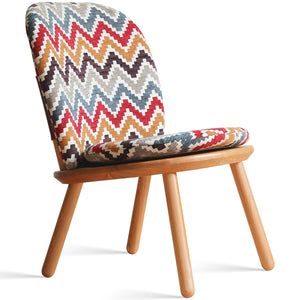
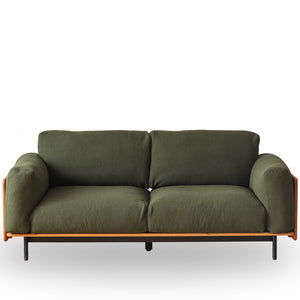
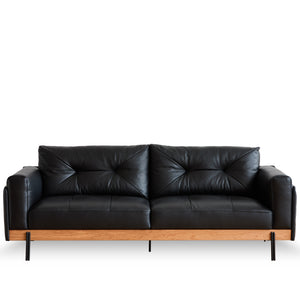
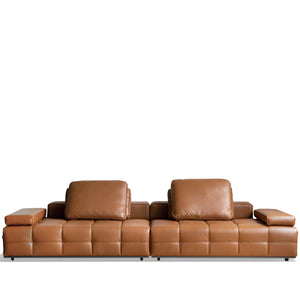
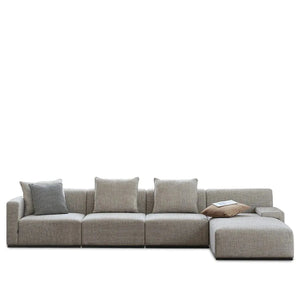
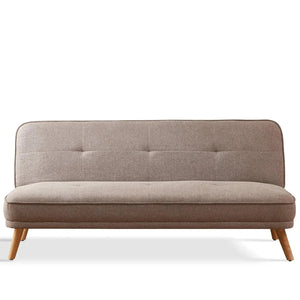
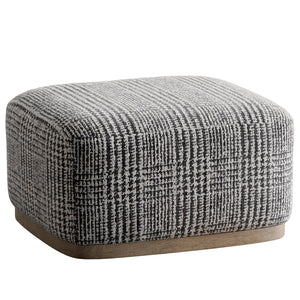


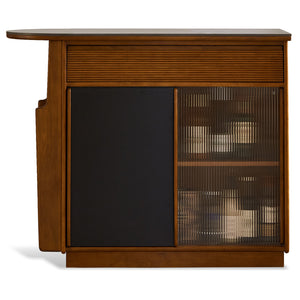
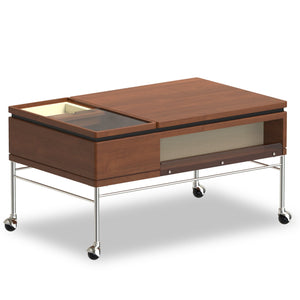
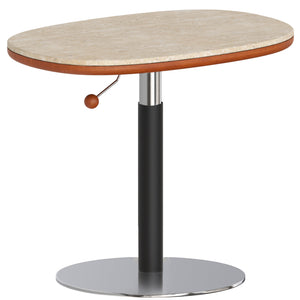

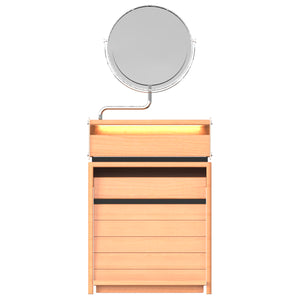

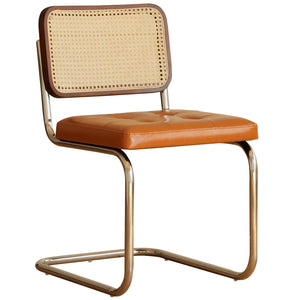
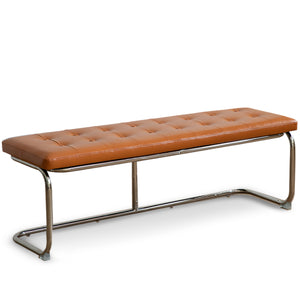


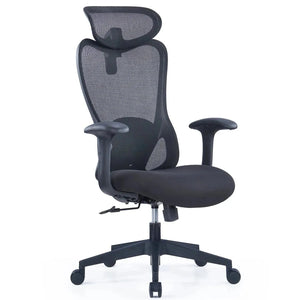


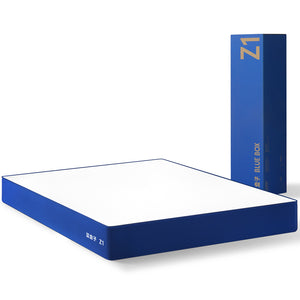

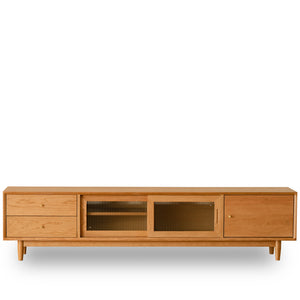

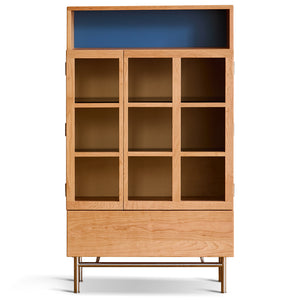
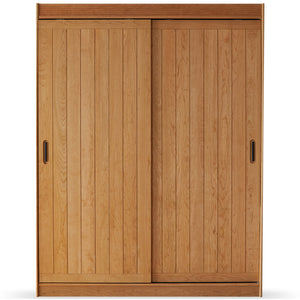
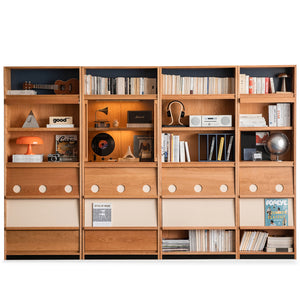


























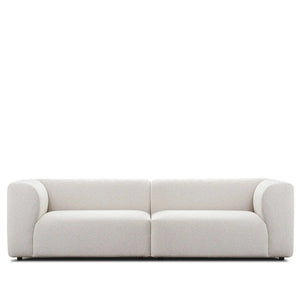




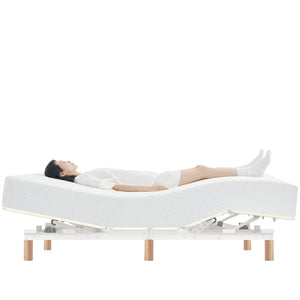

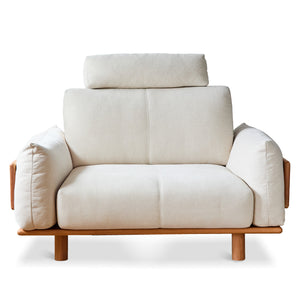

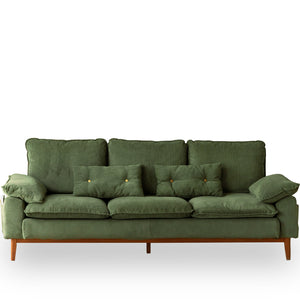
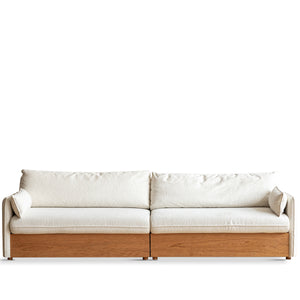
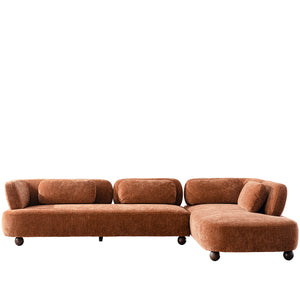
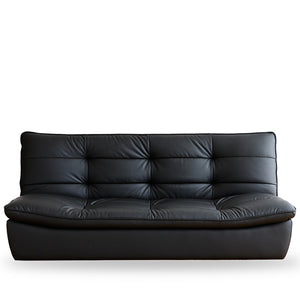
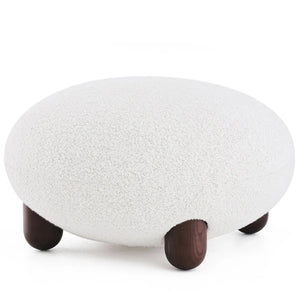

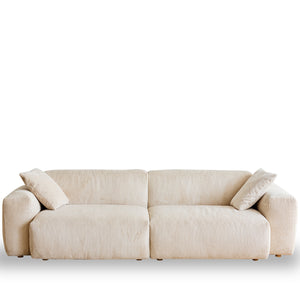
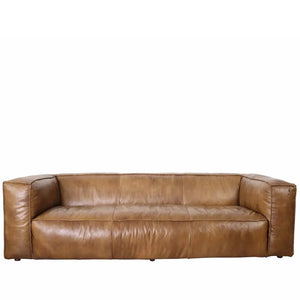
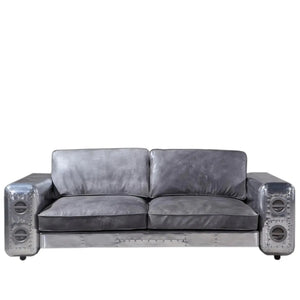
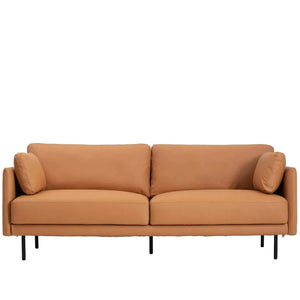
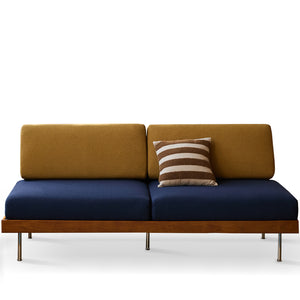
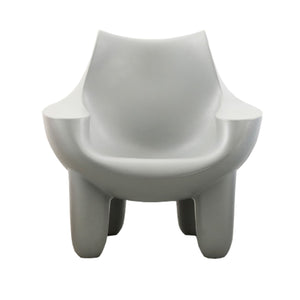




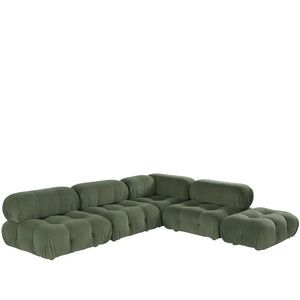

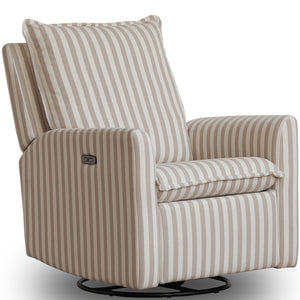





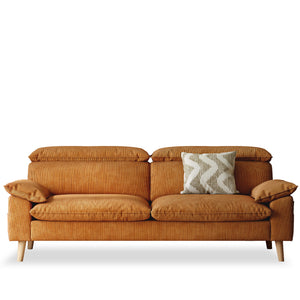










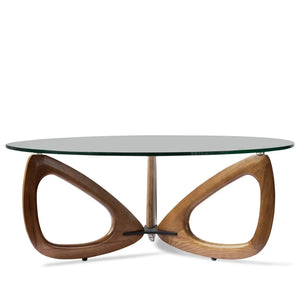
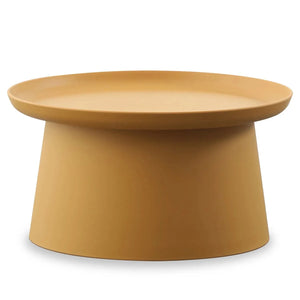

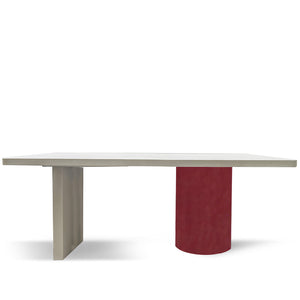





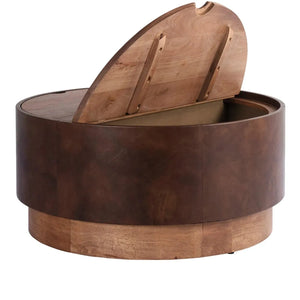



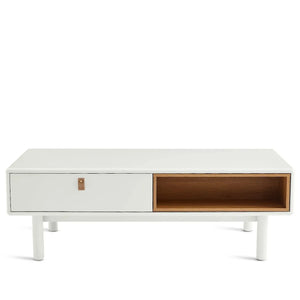




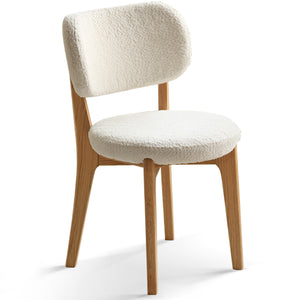

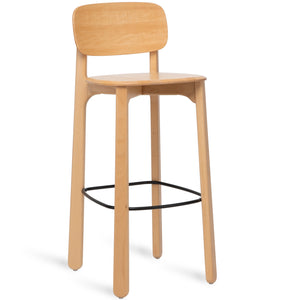
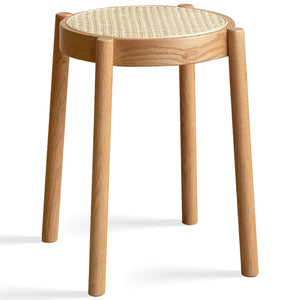



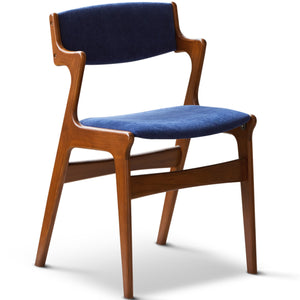
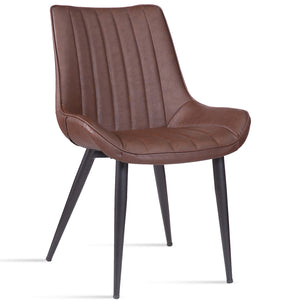
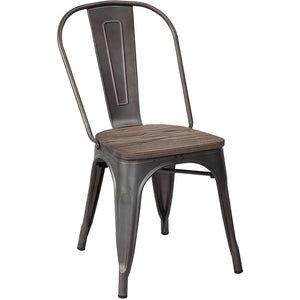
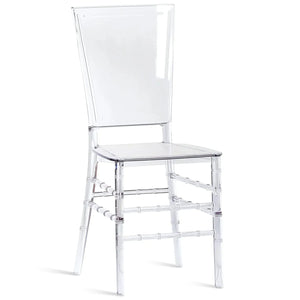




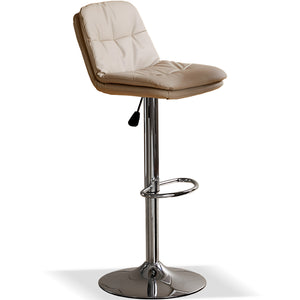
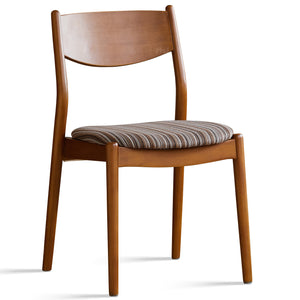
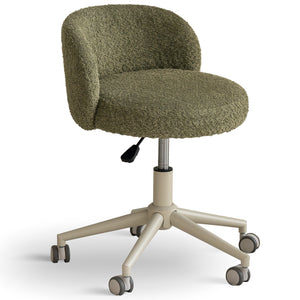



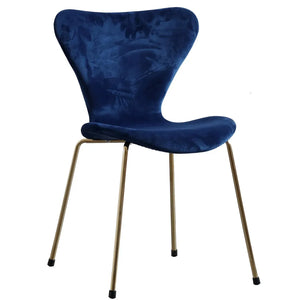
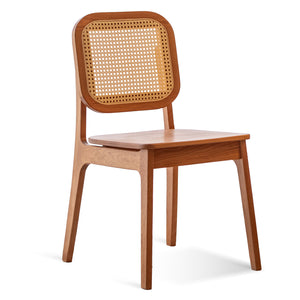
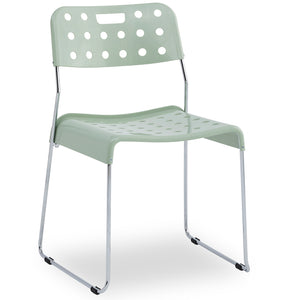
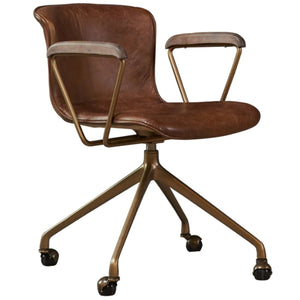


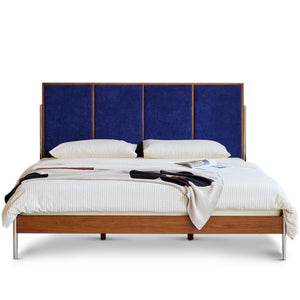


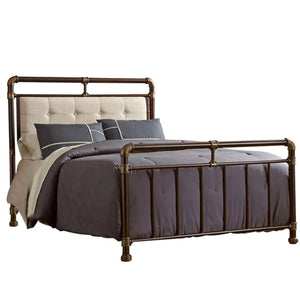

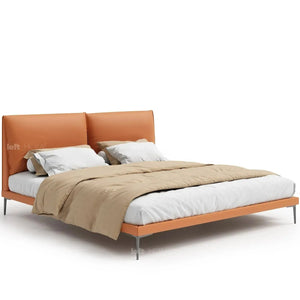
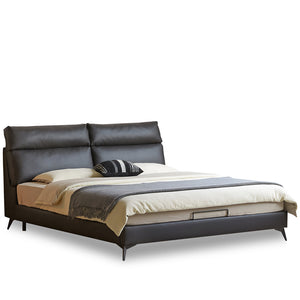
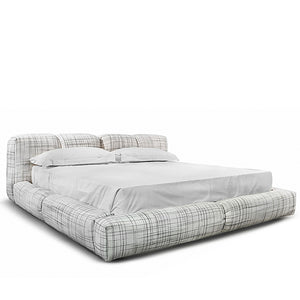










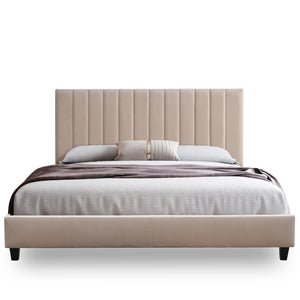

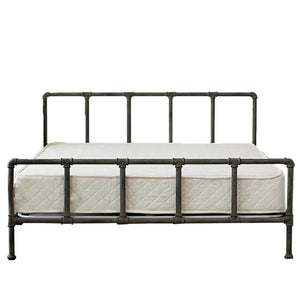

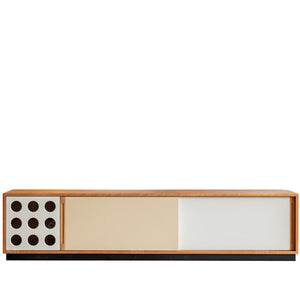

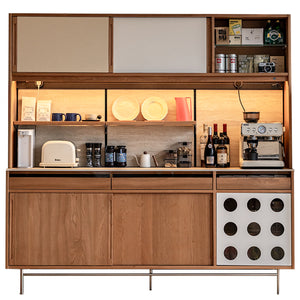


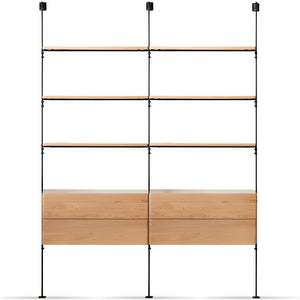
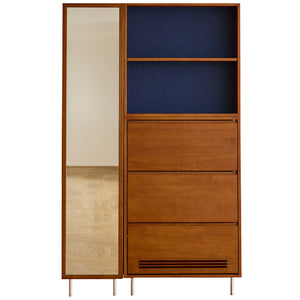



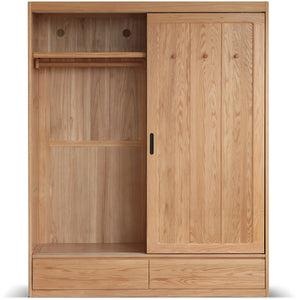
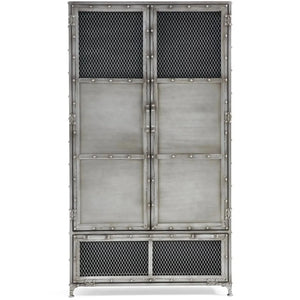
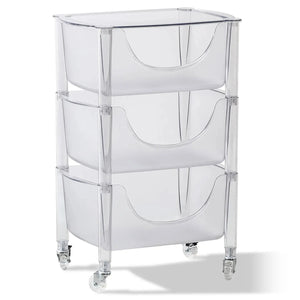
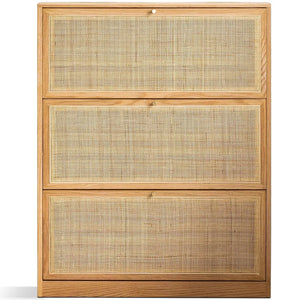
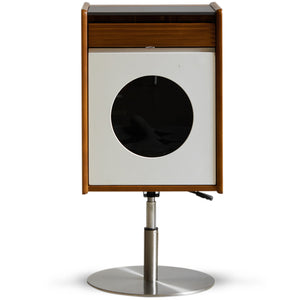



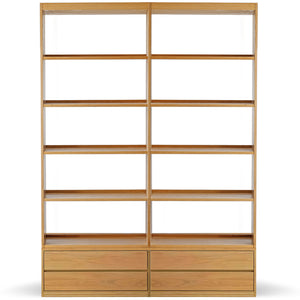
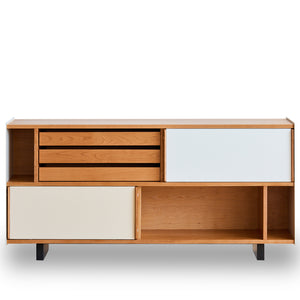
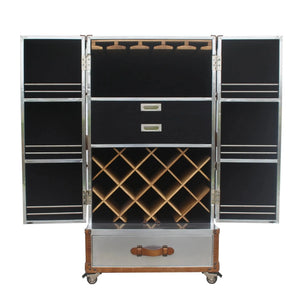



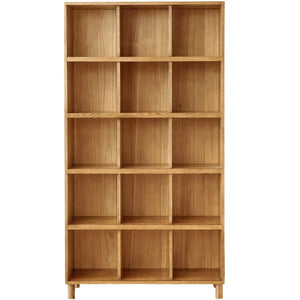


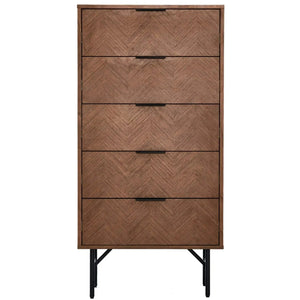





























































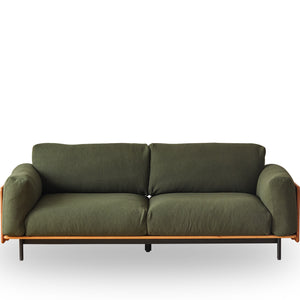


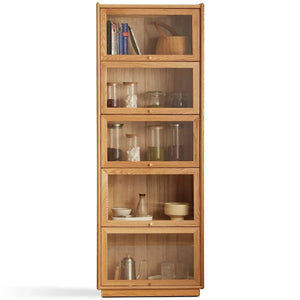



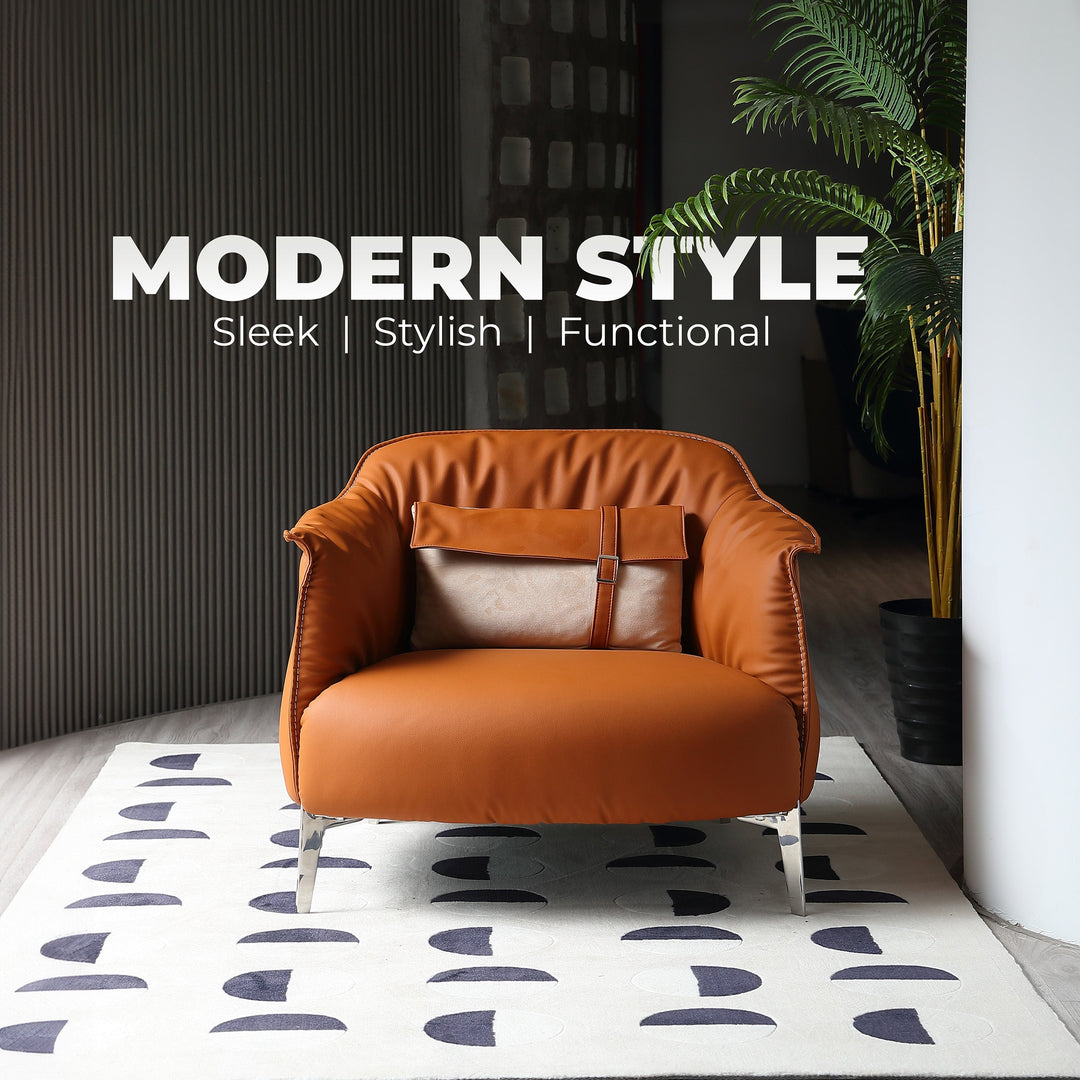
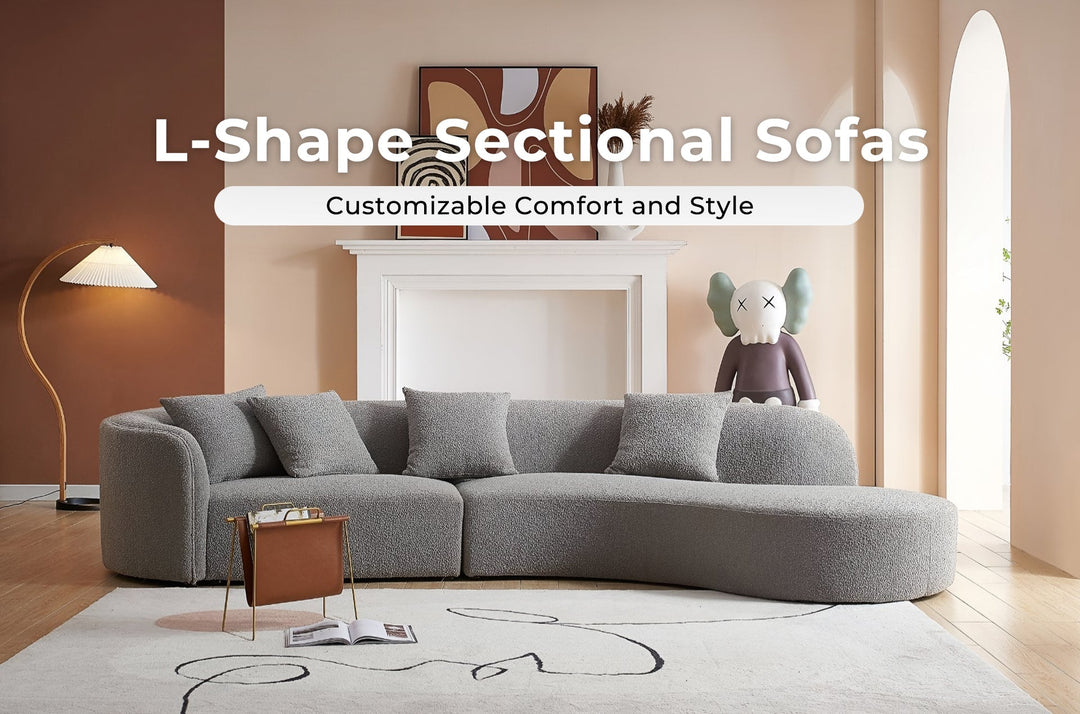





Leave a comment